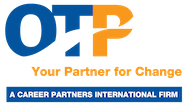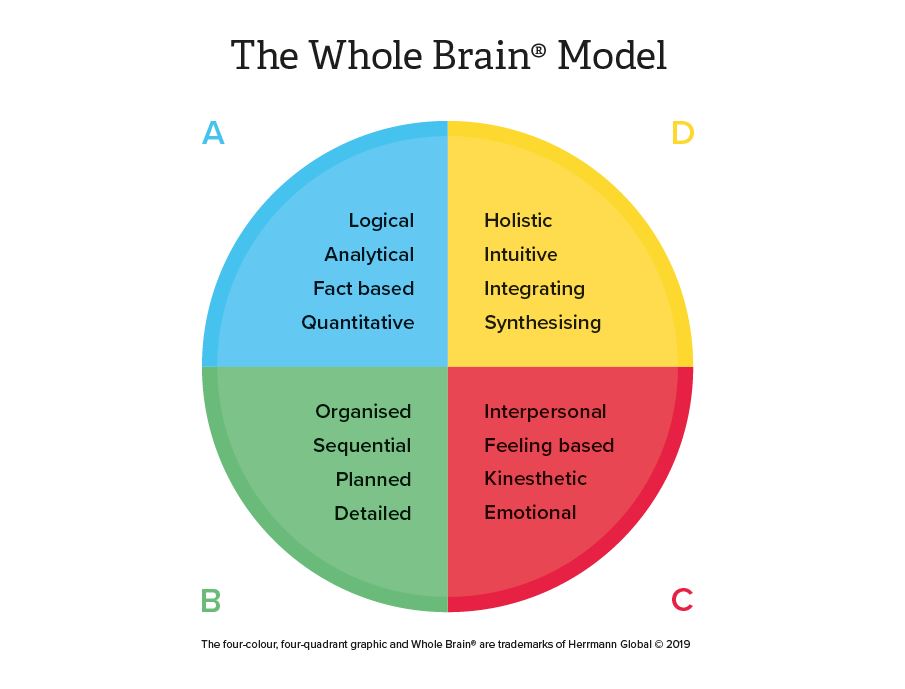Career management: retaining specialists by offering an internal development
The mission
We have been mandated by a Group active in the energy sector and present throughout Europe. This group is a leading provider of energy services in Switzerland.
The aim of this program was to offer a career perspective within the company to 4 employees working in the fields of engineering and project management. This was to be based on their current level of satisfaction and the assessment of their professional expectations.
Our approach
The program included 8 meetings between the employee and the coach over a period of 4 months. The following steps were the basis of the meetings:
- – Alignment of expectations and objectives
- – Competence and professional assessment
- – Meaning given to the current and future activity
- – History of one’s professional evolution
- – Personal needs and solutions versus needs and solutions of the employer
- – Self-knowledge through the HBDI profile
- – Work on soft skills
- – Professional project and action plan
These meetings were conducted on the basis of an evaluation of the coachee’s professional career. This approach aimed to determine the person’s strengths and key success factors. The evaluation of their achievements allowed the identification of their expertise, acquired and transferable skills, and areas of interest. Subsequently, the drivers and barriers to personal success were identified. Finally, we analyzed the specific working conditions that promoted the development of competencies for the individual while respecting the employee’s professional values. Based on this, a motivating and realistic professional development project was developed. In addition, an assessment of the thinking style preferences was conducted using the HBDI tool.
Personality profile: HBDI® (Hermann Brain Dominance Instrument)
The analysis tool used by OTP for the personality profile was the HBDI® (Herrmann Brain Dominance Instrument) online test. The HBDI® is a grid that functions as a simplified “map” of the different ways of thinking used by human beings. The approach of this evaluation method is internationally recognized and used by many institutes (EPFL, Stanford, NASA etc.) and companies.
The HBDI® approach can be used for a variety of purposes in the context of career development for employees and managers: internal career management (as shown here), evaluation of the orientation of your employees, outplacement, or assessment. This approach has been validated for a large number of participants in a wide variety of fields.
The HBDI® approach focuses on four dimensions or thinking styles. The profile is a representation of the distribution of the four thinking styles we use in our daily lives. It does not measure intelligence, performance, or competence. The results of the HBDI® questionnaire indicate our level of preference for each of the four quadrants.
Results of the HBDI®.
The obtained profile was debriefed with each participant in one-hour individual sessions. This analysis encouraged the participants to look at their approach to communication and problem solving. For his part, the coach was also able to determine what specific goals should be addressed in the one-on-one coaching by sharing the profile with each participant. For each person, based on the HBDI® results, we were able to clarify the following issues:
- Their communication approach:
- How to communicate better by adapting to the thinking style of the person you are talking to?
- Their problem-solving strategy:
- What elements form the basis for finding a solution?
- Their decision-making questions:
- What information is the person looking for to make a decision?
The results of the program
The exchange with the participants about their activities, their satisfaction or frustration at work, and their general or particular expectations was constructive and transparent. Their questions, reflections and comments showed their interest in both their involvement in the company and in the career management program. Based on the feedback from the coachees, it can be said that they were all enthusiastic about the approach and found the discussions educational and interesting. The program has enabled them to better understand the way they work and further improve their skills in certain areas. In particular, the following aspects were worked on:
- Competencies on which the coachee wants to build his professional development
- Their attitude towards the professional environment.
- Expertise and competencies that the coachee would like to develop or acquire.
- Future projections and expectations: the professional contexts in which they would like to develop.
- Strengths
- Focal points of progress or development
The counseling carried out made it possible to identify the areas in which they could put into practice their transversal competences and further develop their performance. Our approach continued by the implementation of an action plan to achieve their professional goals.
This coaching process led to two of the participants being able to develop transversally in their area of competence. One of them, with the agreement of his management, was able to participate 50% in a specific technical project, and the second, whose current role was very much focused on risk management, wanted to make better use of his operational skills. He asked to be able to take on more activities in a team (not alone) with more personal exchange. Both the coachees themselves and their managers appreciated our structured approach and expertise in career management.



